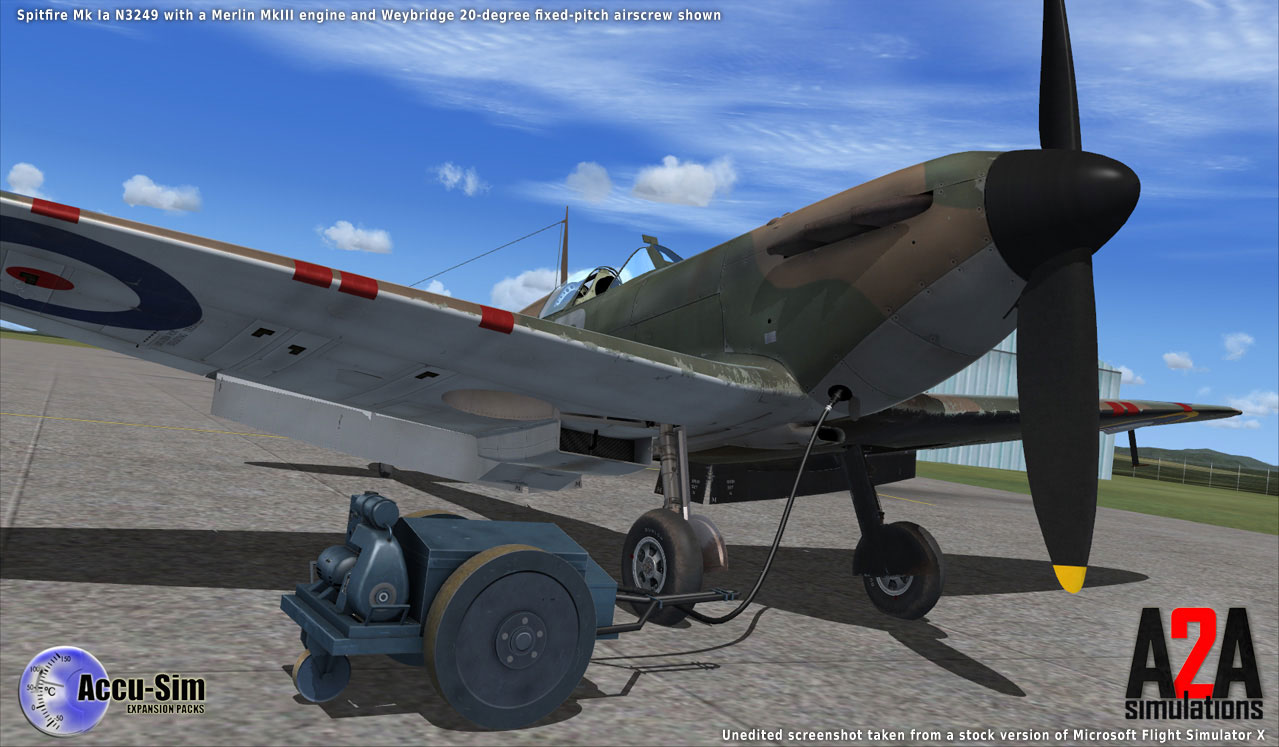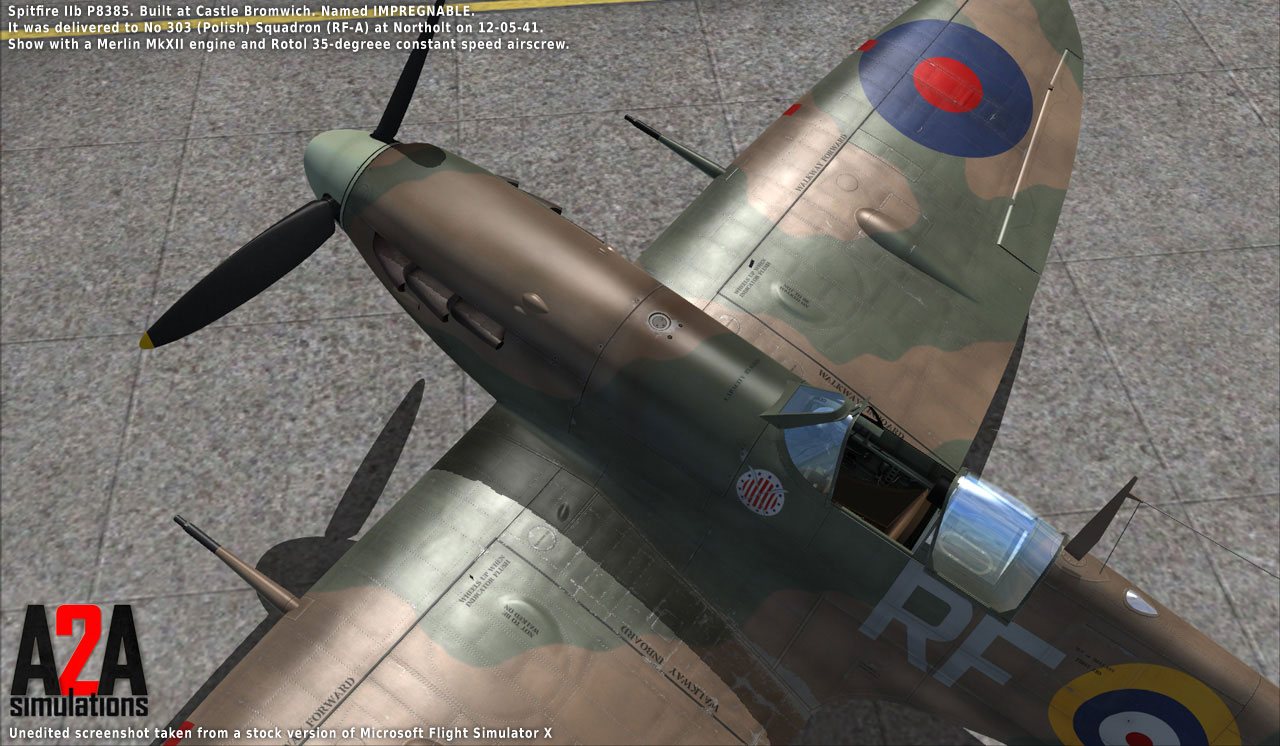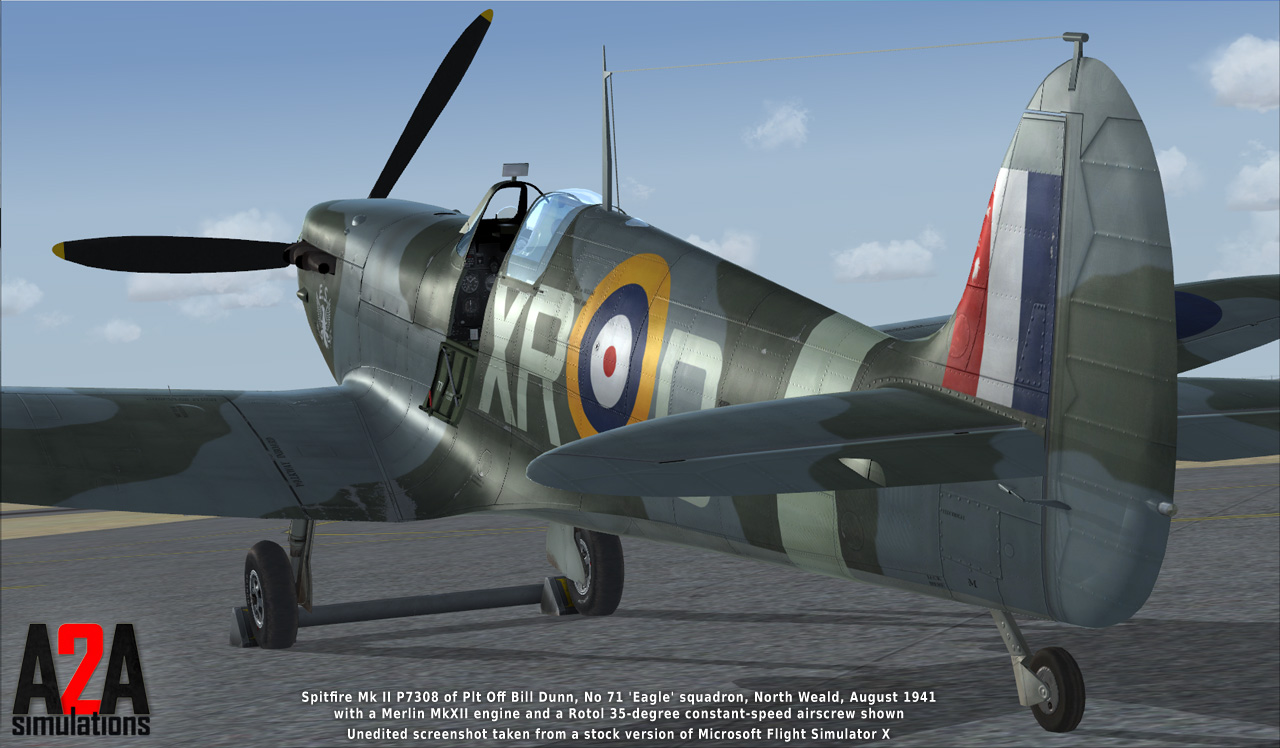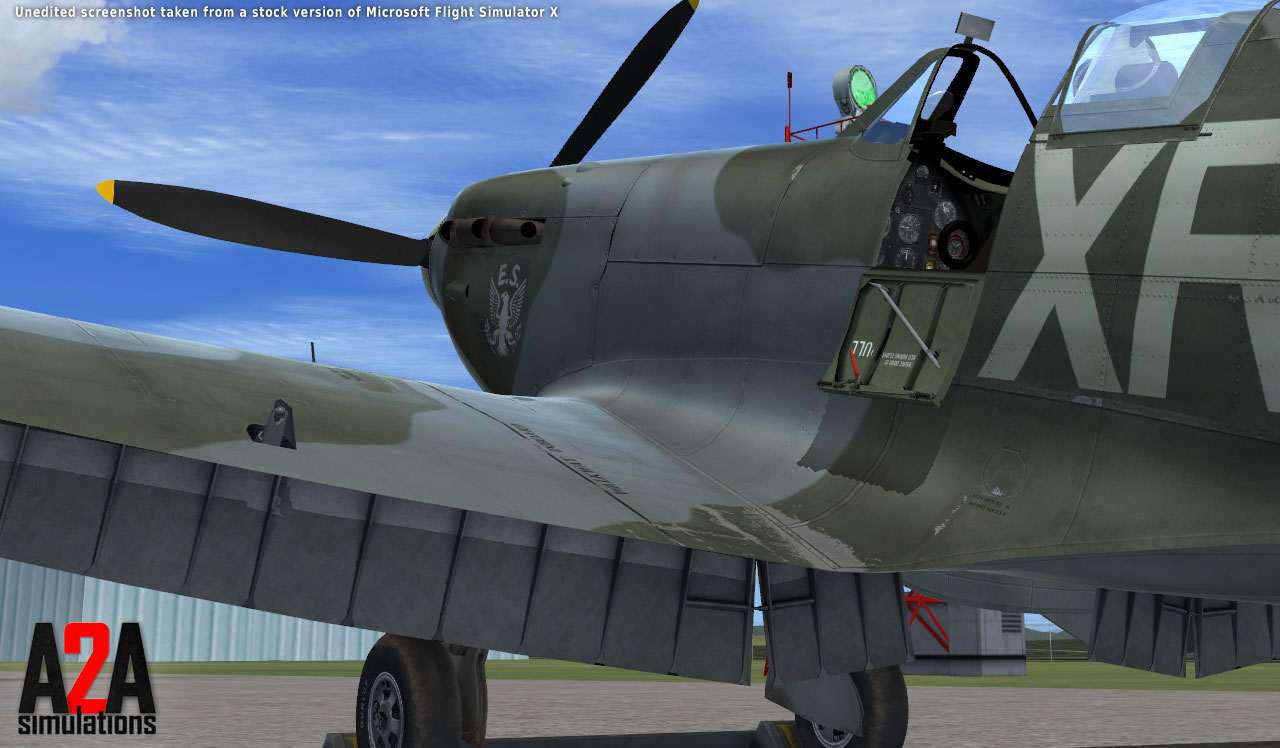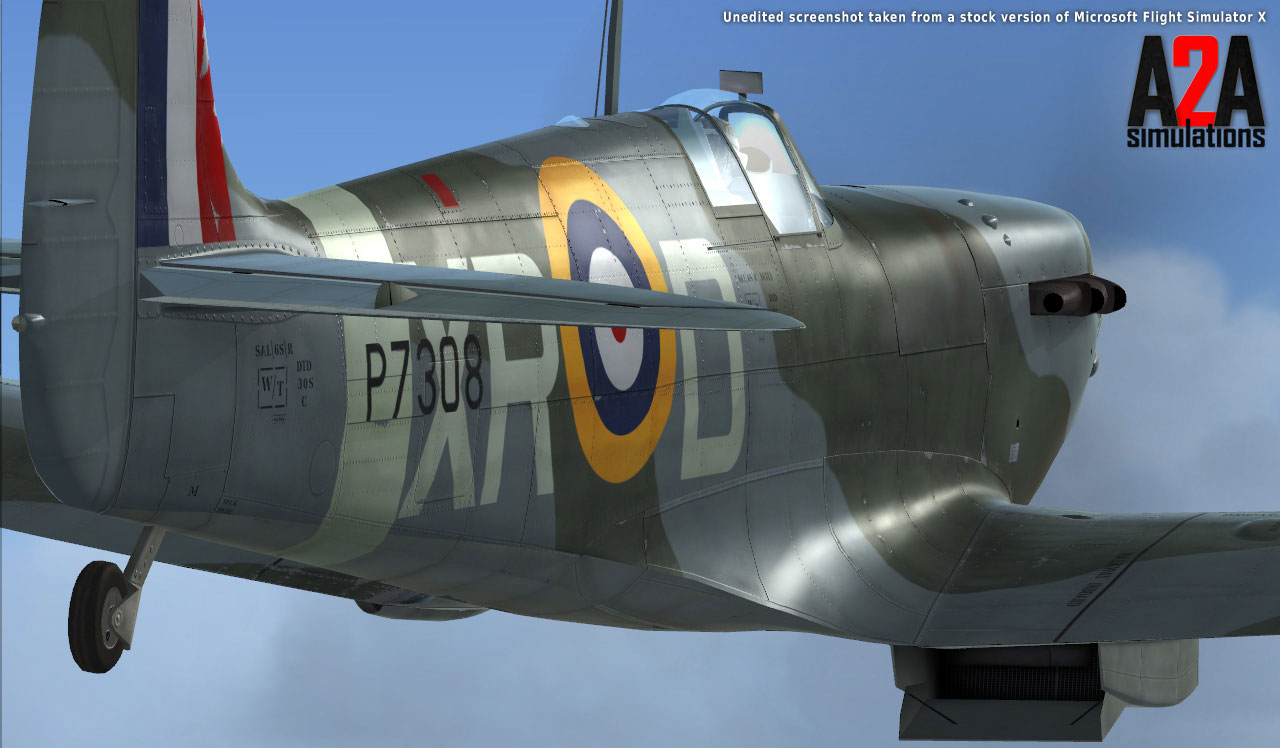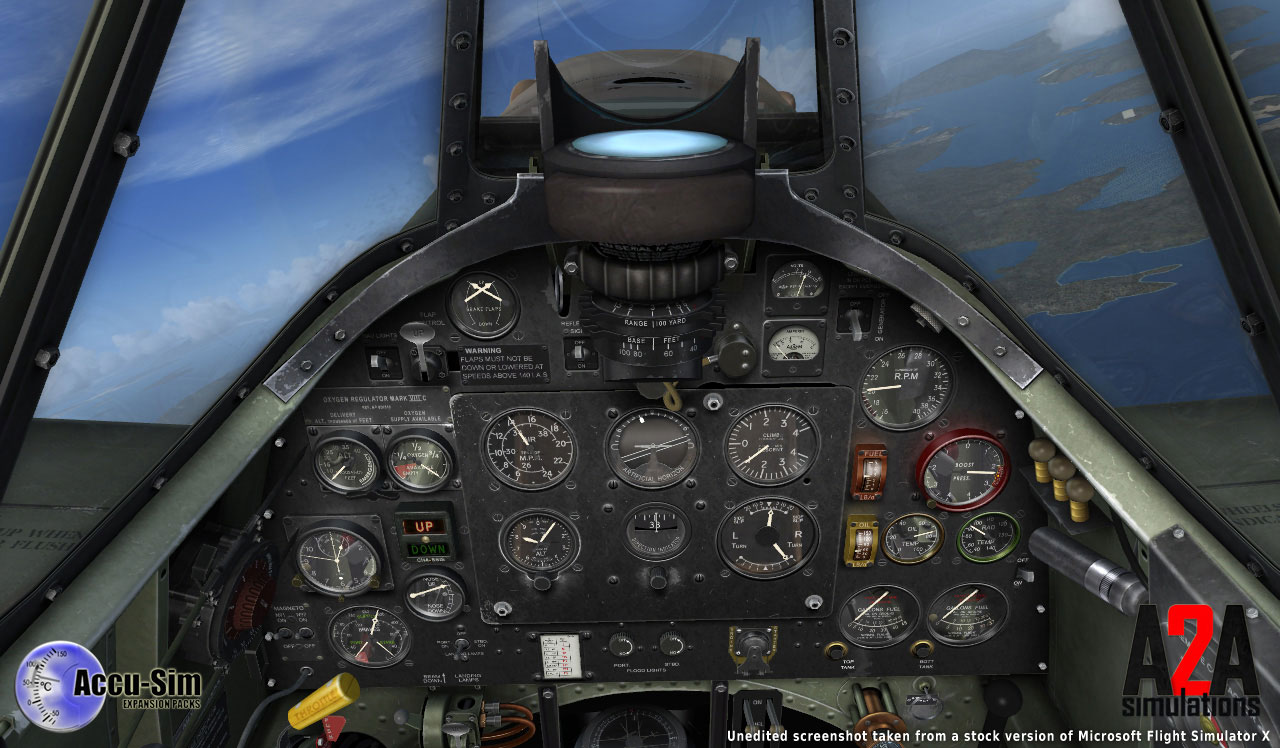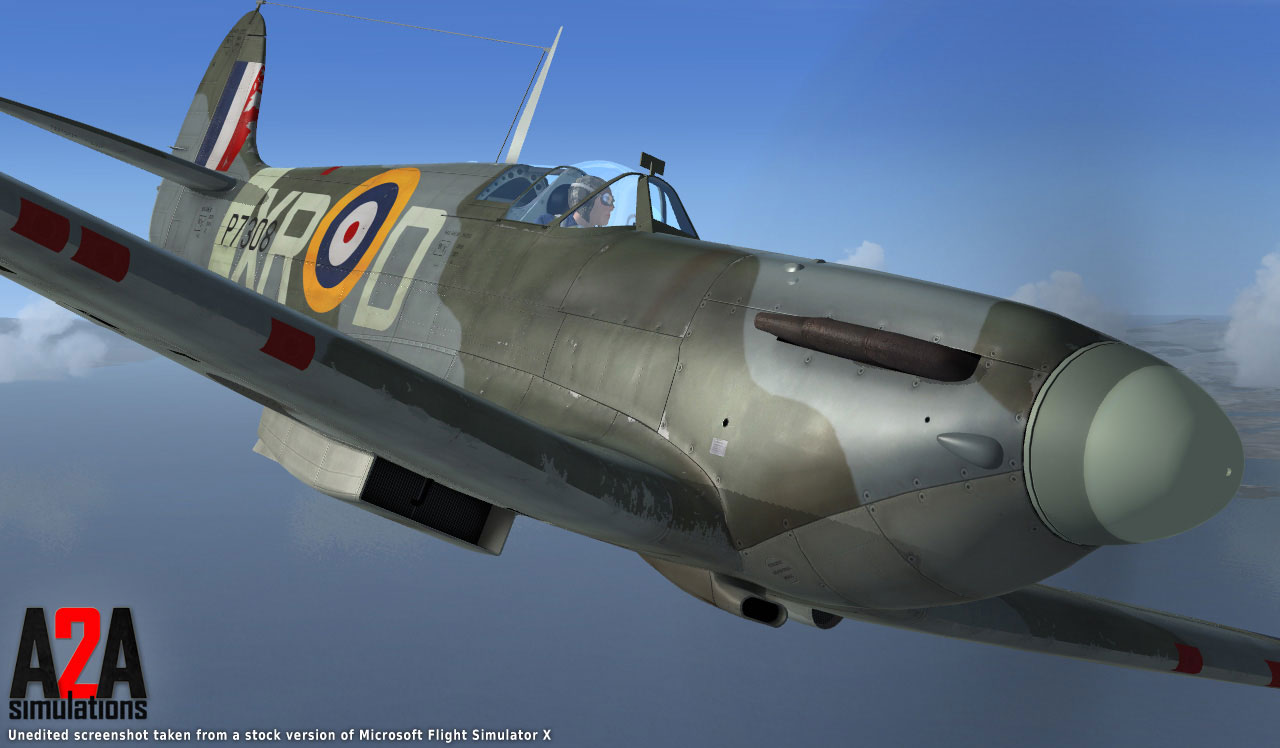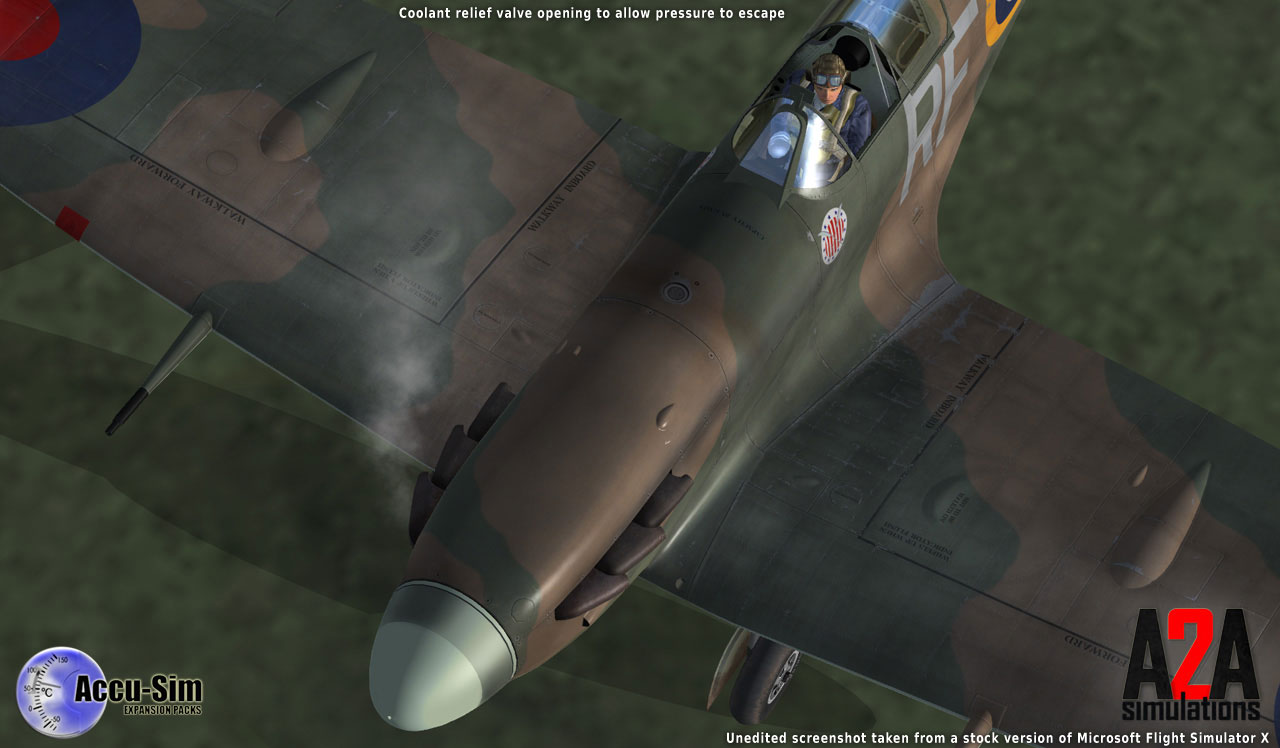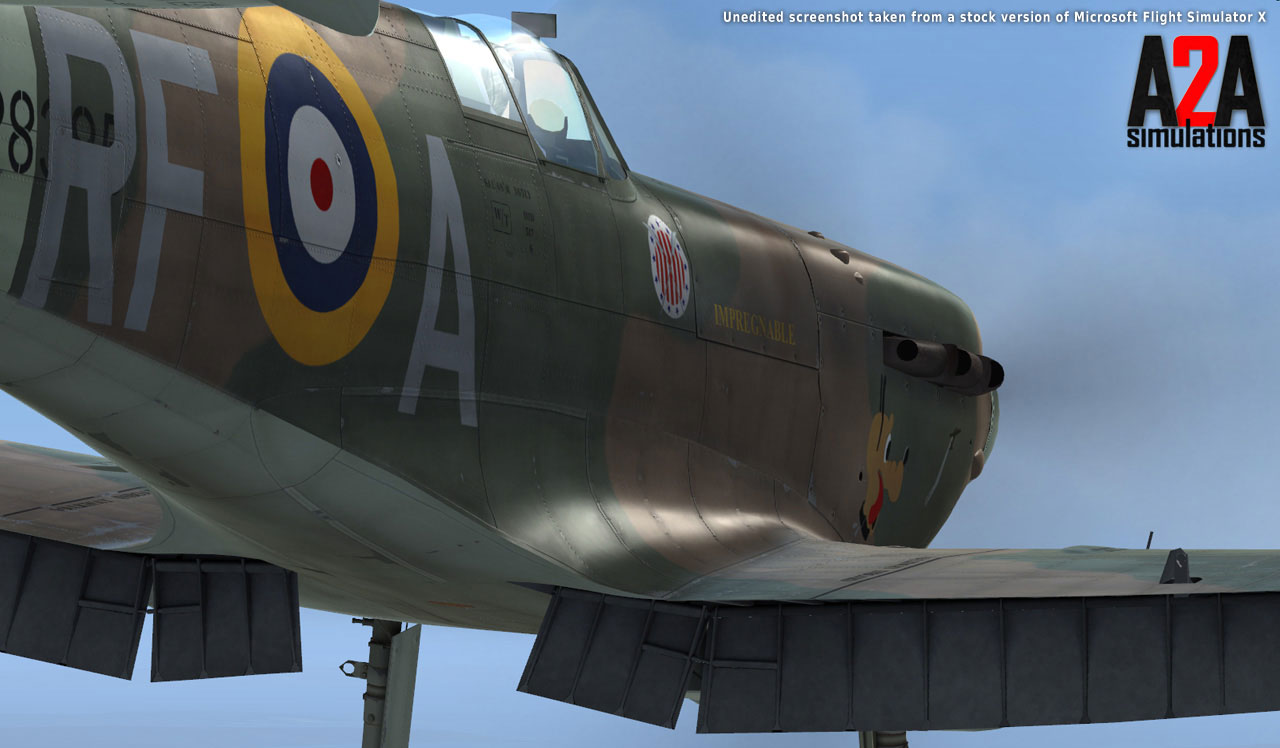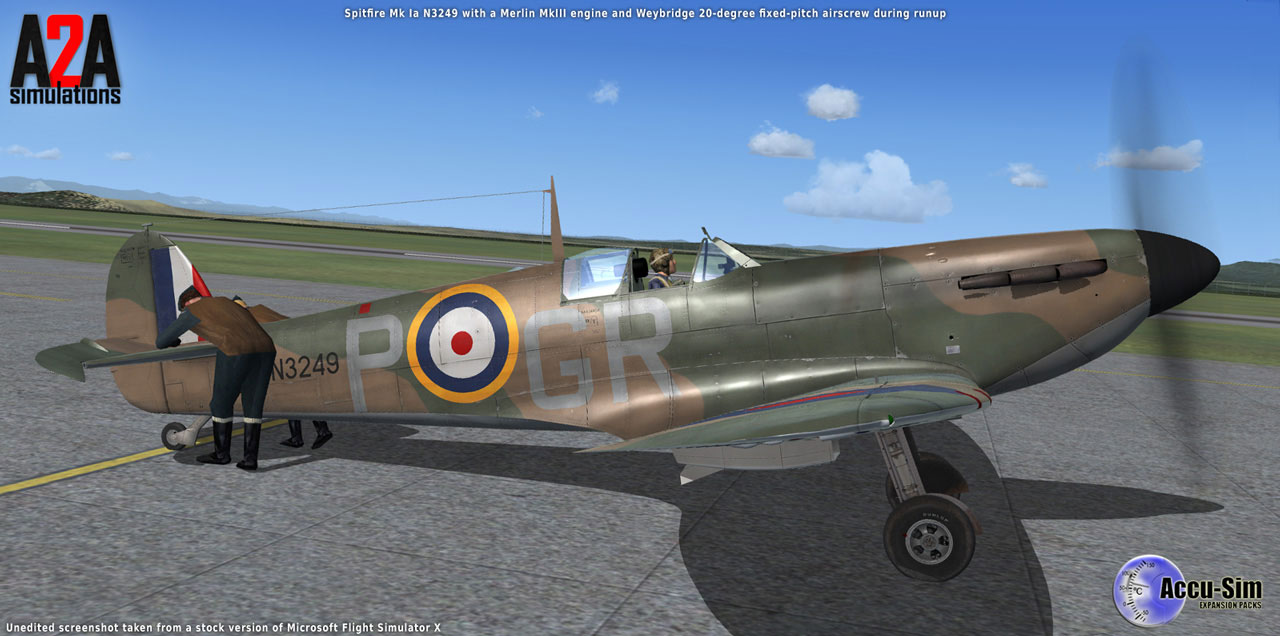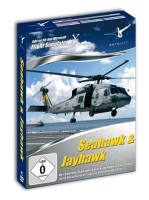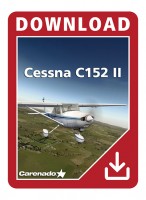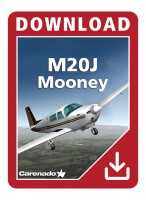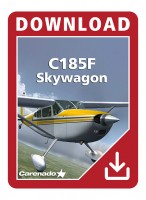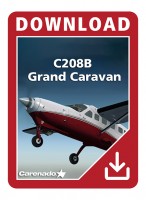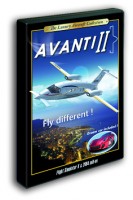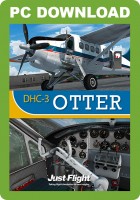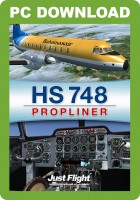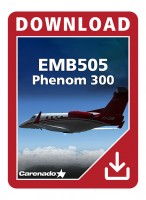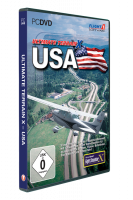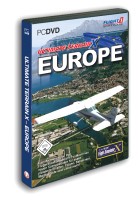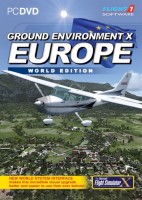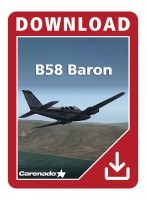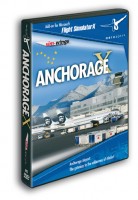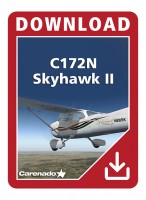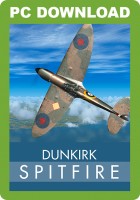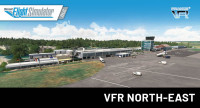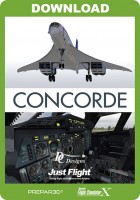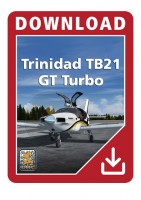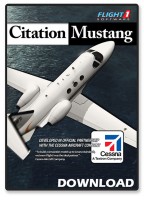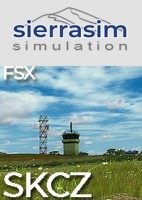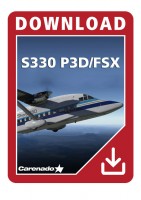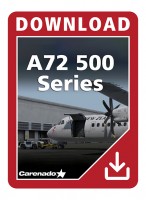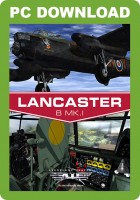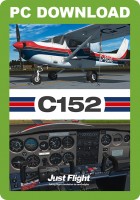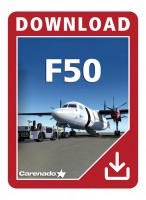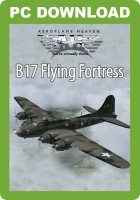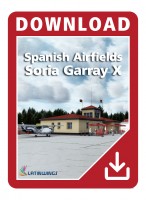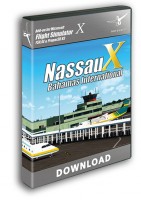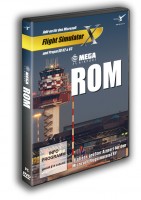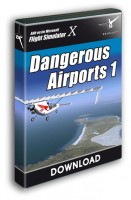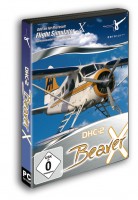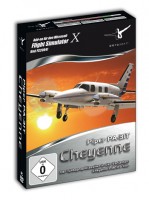Price excl. VAT
Available as instant download
- Article number: AS13136
- Manufact./Publisher: A2A Simulations
- Language: English
- Current version: 2.0
The Supermarine Spitfire is one of the truly legendary aircraft, not just of World War II, but of all time. A brilliant design, the basic Spitfire wing and fuselage were able to be refined and improved over and over again into many different configurations during the course of World War II, and each excelled in its own right.
The Spitfire was designed by R. J. Mitchell, an aeronautical engineer of stellar talent who had previously designed such aircraft as the Supermarine S6B, which won the Schneider Trophy in 1931. Borrowing from the developments of others, including the low-wing, monocoque design which came from the United States, Mitchell crafted a superb basic design which stands to this day as one of the greatest piston fighters in aviation history. Mitchell envisioned a light, maneuverable craft with low drag, elliptical wings, and a broad performance envelope. The result was the Spitfire, a capable, lethal, yet forgiving aircraft that ultimately proved more than equal to anything the Germans could throw at it, including the vaunted Focke-Wulf 190.
Actions Lead to Consequences
Your A2A Simulations Spitfire is a complete aircraft with full system modeling. However, flying an aircraft as large and complex as the A2A Spitfire requires constant attention to the systems. The infinite changing conditions around you and your aircraft have impact on these systems. As systems operate both inside and outside their limitations, they behave differently. For example, the temperature of the air that enters your carburetor has a direct impact on the power your engine can produce. Pushing an engine too hard may produce just slight damage that you, as a pilot, may see as it just not running quite as good as it was on a previous flight. You may run an engine so hot, that it catches fire. However, it may not catch fire; it may just quit, or may not run smoothly. This is Accu-Sim – it’s both the realism of all of these systems working in harmony, and all the subtle, and sometimes not so subtle, unpredictability of it all. The end result is when flying in an Accu-Sim powered aircraft, it just feels real enough that you can almost smell the avgas.
Features:
- Lightweight, powerful and maneuverable
- As with every A2A aircraft, it is gorgeously constructed, inside and out, down to the last rivet
- Designed and built to be flown “By The Book“
- Custom Cockpit Systems and Gauges
- Visual Real-Time Load Manager, with the ability to load fuel and stores in real-time
- Naturally animated pilot
- 3D Lights ‘M’ (built directly into the model) with under-wing landing light than can be turned on, deployed, and retracted and fully functional recognition lights
- Pure3D Instrumentation now with natural 3D appearance with exceptional performance
- Sound engineered by A2A sound professionals
- Oil pressure system models oil viscosity (oil thickness)
- Authentically modeled pneumatic system
- In cockpit pilot’s map for handy in-flight navigation
- Auto-Mixture that actually performs as intended. Now you can set for “auto-rich” or “auto-lean” and the aircraft fuel-to-air ratio will be automatically determined and set by the carburetor based upon various factors, such as altitude
- Three different models, Mk Ia, Mk IIa (machine guns), and Mk IIb (cannons)
- Internal Supercharger modeled with accurate behavior
- Fuel delivery system simulated
- All models include A2A specialized materials with authentic metal
- Pilot’s Notes pop-up 2D panel keeps important information easily available
- Introducing a true propeller simulation
- Feel the exhilaration of flying an Accu-Sim-powered Supermarine Spitfire
- Rolls Royce Merlin V-12 liquid cooled Mk III and higher output Mk XII engine built to manufacturer’s specifications
- Install a Weybridge two-bladed fixed-pitch wooden, De Havilland three-bladed two-speed variable, or Rotol constant speed propeller in the maintenance hangar
- Both electric and explosive cartridge starters modeled
- Immersive in-cockpit, physics-driven sound environment from A2A engineered Spitfire recordings
- Complete maintenance hangar including landing gear, internal systems and detailed engine tests including compression checks
- Understand how a high-performance aircraft behaves and see how well you can cope with all of the unexpected things that can happen. No two flights are ever the same
- Piston combustion engine modeling. Air comes in, it mixes with fuel and ignites, parts move, heat up, and all work in harmony to produce the wonderful sound of a V-12, liquid-cooled racing engine. Now the gauges look beneath the skin of your aircraft and show you what Accu-Sim is all about
- Airflow, density and it’s temperature not only affect the way your aircraft flies, but how the internal systems operate
- Real-world conditions affect system conditions, including engine temperatures. Manage temperatures with a radiator flap and proper flying techniques
- Spark plugs can clog and eventually foul if the engine is allowed to idle too low for too long. Throttling up an engine with oil-soaked spark plugs can help clear them out and smoke
- Overheating can cause scoring of cylinder head walls which could ultimately lead to failure if warnings are ignored and overly abused
- The Spitfire has a small radiator and must get airborne in under ten minutes or it will overheat. Once airborne, it owns the sky
- Engine, airframe, cockpit panel and individual gauges tremble from the power of a high-performance combustion engine
- Authentic component drag. Dropping your gear will pull your aircraft realistically as the landing gear is deployed along with cooling flaps, ordnance and even opening the canopy. Drop your gear, deploy your flaps, or just try a dive, and listen to your airframe
- System failures, including flaps that can independently jam or break based on the actual forces put upon them. If you deploy your flaps at too high a speed, you could find yourself in a very dangerous situation
- Total audible cockpit made with recordings from the actual aircraft. Before you fly, enjoy clicking everything
- Primer system modeled. Accu-Sim monitors the amount of fuel injected and it’s effectiveness to start the engine. Cold mornings require as many as 12 strokes and warm starts may only need a single shot
- Authentic battery. The battery capacity is based on temperature. The major draw comes from engine starting
- Oil pressure system is affected by oil viscosity (oil thickness). Oil viscosity is affected by oil temp and oil dilution level. Now when you start the engine, you need to be careful and not raise RPM too much until oil temp is high enough to give proper oil pressure. If you raise RPM too high on a cold engine, especially very cold, oil pressure can raise to over 150 psi. Oil pump failure can result. Extended inverted flight (negative g) can uncover the oil sump and reduce oil pressure. Do not fly in a negative g situation for more than 5 seconds
- Oxygen starvation (hypoxia) is modeled. Just take off and climb without oxygen to see
- Microsoft Flight Simulator X (SP2)
- Windows XP (SP2) or Windows Vista
- 2.0 GHz single core processor (3.0 GHz and/or multiple core processor or better recommended)
- 250 MB of hard drive space or better
- DirectX 9 compliant video card with at least 128 MB video ram (512 MB or more recommended)




